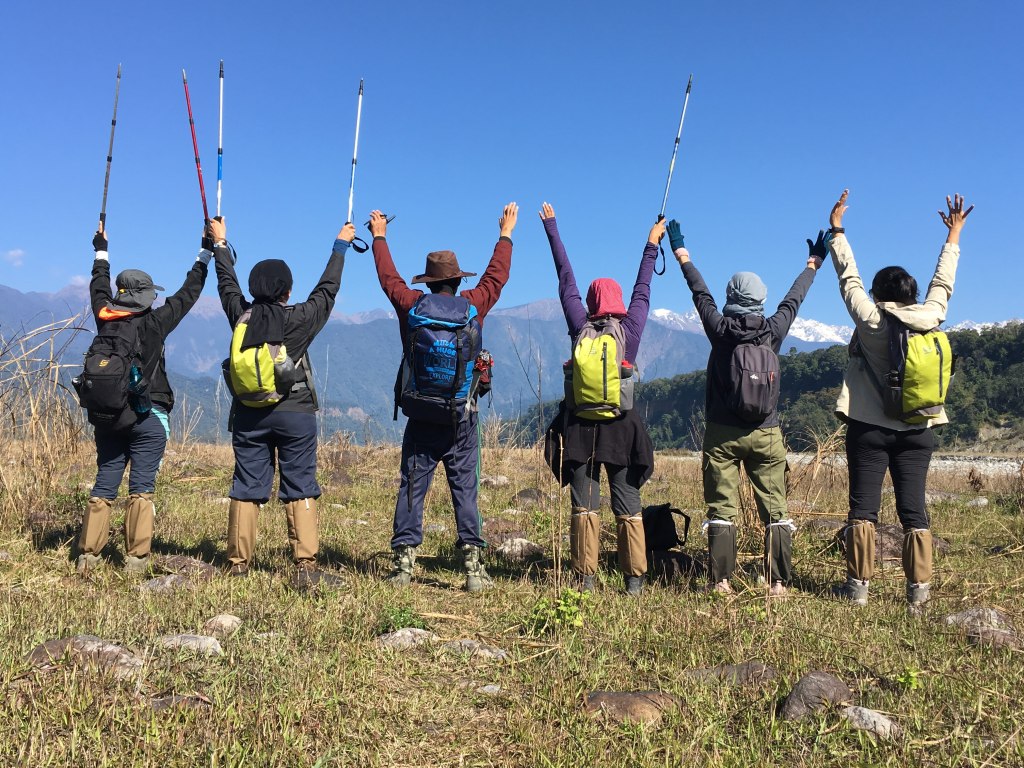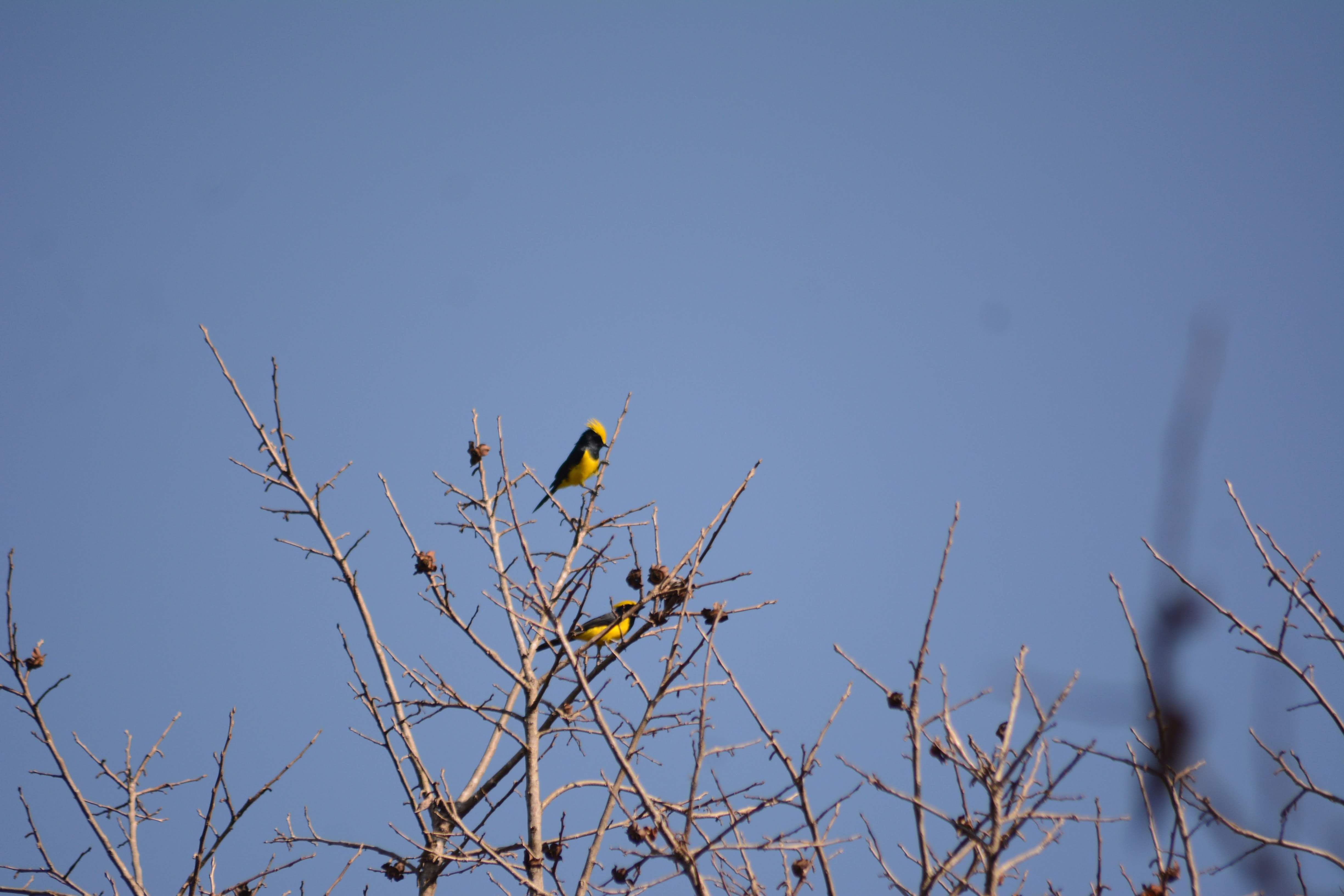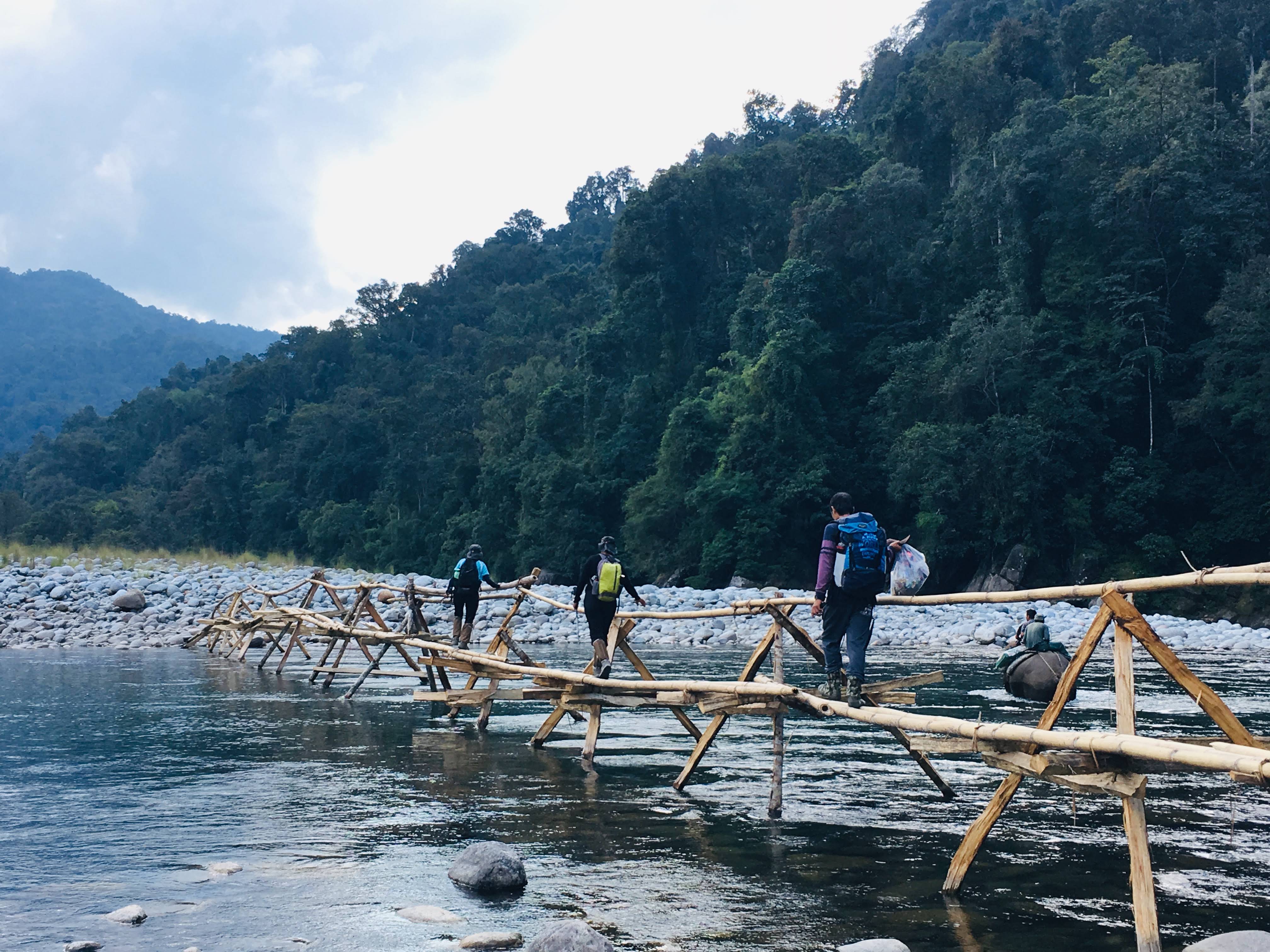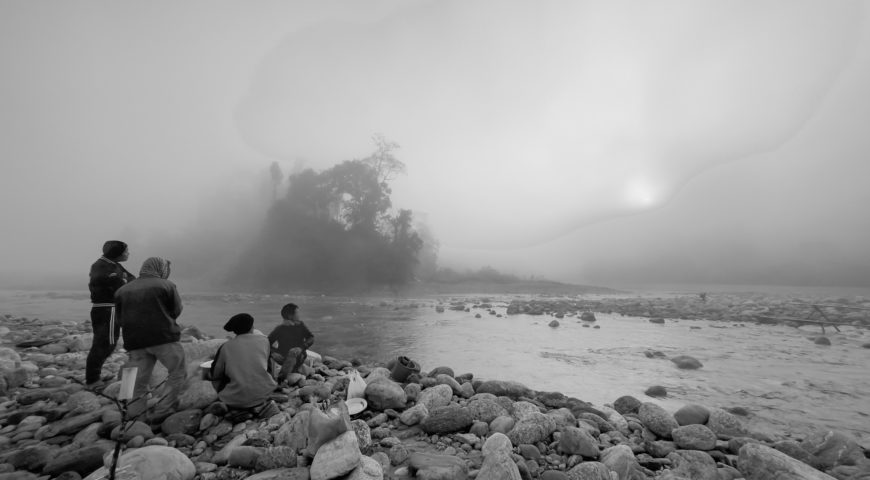UNTOUCHED PARADISE
“This is how we are supposed to live, rejoicing in nature’s company, in a place where childhood dreams of magical mountain, colorful birds & butterflies, enchanting sunsets and a pristine river can play out”
I had heard a lot about this place, seen lot of photographs as well. Being an outdoor professional in one of the adventure travel companies in Mumbai, I got the opportunity to witness this magical forest in January 2017. Well, it is always been my habit of doing research before visiting any new place. So, I started my work with maps, facts, transportation, weather conditions and of course back up plan as usual. Basically, one experiences a region thrice; first before going on the trip/trek while doing research, second while actually being on the trip and lastly when you come back from the trip and write or post photographs. Your memory should be your travel bag where you can put your past travel experiences and future travel plans!
1,985 km² large protected area of Namdapha Rainforest is a biodiversity hotspot containing more than 1000 species of plants, 450 species of birds and 140 different types of butterflies. As I read somewhere it is the only park which boasts of having a 04 types big cats namely tiger, leopard, clouded-leopard and the snow leopard.
My first step on the Namdapha Rainforest from Deban was surreal. As I mentioned I was doing my research and in one of the articles I had read about animals which may be extinct because they haven’t been seen in several years. One of the animals was Flying Squirrel! It was my first encounter with Flying Squirrel on day one at Deban Forest Lodge. Born and bought up in Mumbai, Indian Palm Squirrels are common for me which have been seeing in my balcony as well. But seeing a Flying Squirrel made me stunned! It was unreal at first glance, but yes, the squirrel is real and it did fly from one tree to another. However, while watching them, lot of thoughts running were around my mind- How we are going to protect this rare species unless we do not have detailed scientific information about its ecology, habitat use, threats and behaviors. I discussed that with local naturalist Yulisa while walking to our next base.

Our local naturalist and the assistance team represent the Lisu Tribe! The Lisu are believed to originated from eastern Tibet. In the early 19th century they began moving southwards down the Salween River Valley into northern Myanmar adjacent to Arunachal Pradesh. He told me that, they migrated before 1960 to India, when the India Myanmar border was not clearly demarcated, and now they are recognised as an Indian tribe.

After the unexpected encounter with the flying squirrel, we couldn’t wait to spot Hoolock Gibbons, Greater Hornbill and Rufous Neck Hornbill, the resident species. But, for that we had to enter the buffer zone of the rainforest which we did later did. We decided to camp 02 places named; Hornbill Camp and Firm Base Camp known for paradise for the resident birds. Our naturalist already gave us a word of cautioned though. leeches are in abundance at Namdapha National Park and venturing in the forest without leech socks would be imprudent. Although the bites not at all painful, it is not a pleasant experience.
As per plan, we decided to visit one of the tribal (lisu) village at 72 mile / Nwazakha. The funny part of the villages here in Namdapha is, locals had given number to the small villages. The number has been given on the basis of how long is the village from Deban (entry point of Namdapha), hence this Nwazakha village known as a ‘72 mile’, to reach there we walk further from Firm base and continue walking on the banks of Noa Dihing river. Further walking for 02 hours we reached on the confluence of Noa Dihing and Namdapha river. This place was so serene that we camped there for one night and enjoyed a riverside campfire. On next day, we walked uphill for 02 hours to reach 72 mile village. I took a deep breath and carefully began the trudge down the narrow uphill climb. From my vantage point in Nwazakha village, I could see the entire village spread out in front, the densely forested land devoid of the trapping of civilization. The area appeared wild and pristine. Our guide served us with the local fruits like Malta and some other local fruits. We then started our return journey to our base. I felt a strange exhilarating feeling as I walked down from the alley, touching the moss, flowers and feeling the fresh breeze coming from the mountains on my right.
Another unique part of the trek is the ‘Bamboo bridges’ the local tribe (Chakma) made for crossing over the river for trade purpose.. Post monsoon these Chakma community comes together make bamboo bridges wherever needed. I actually crossed 17 bridges to complete the Namdapha circuit, every year the bridge count changes depending on the river current directions. At the end of the trek we paid some amount as a toll to using those bridges. This small community makes a huge difference in this secluded region. As per my local source they do maintenance after every 15-20 days to check on the all bridges, which shows the dedication to their work. The place is just Wonderland!

As I left, I wasn’t sure what I would miss the most: the sound of screeching insects, the rising moon that slowly crept on us, early morning chirping of the resident birds or the innocent local lisu assistance who are more than a family now! My time in this place was fleeting but the memories I have made will last forever. As I got in the car, I didn’t bid the forest of the Arunachal Pradesh goodbye, knowing quite well that we would meet again in my dreams!
P.S. I am fortunate to visited this gem for 8 times by now.


